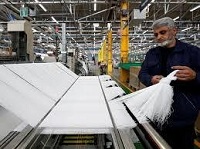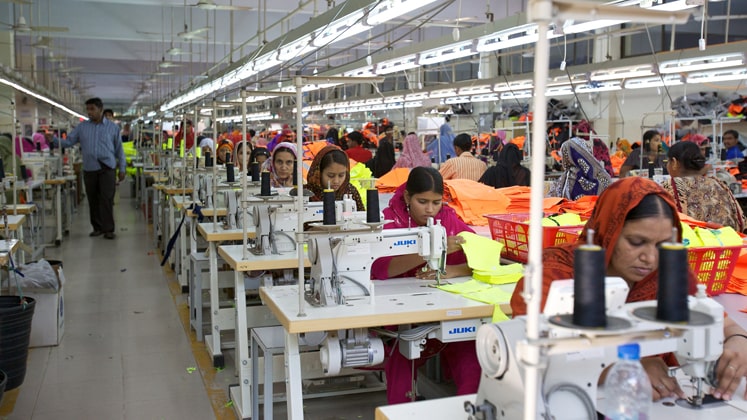 To combat rising inflation and unemployment levels, Pakistan needs a new long-term textile policy and a continued supply of gas/RLNG, highlights All Pakistan Textile Mills Association (APTMA). The association has urged more investments and value addition in the textile sector to help create new jobs, reports Business Recorder.
To combat rising inflation and unemployment levels, Pakistan needs a new long-term textile policy and a continued supply of gas/RLNG, highlights All Pakistan Textile Mills Association (APTMA). The association has urged more investments and value addition in the textile sector to help create new jobs, reports Business Recorder.
Focus on value-additions The report says, Gohar Ejaz, Patron-in-Chief, APTMA says, the government needs to focus on value-additions in the textile sector. Textile exports can be the engine to Pakistan’s future growth and help break the chain of debt that it is currently trapped in. In the last nine months of FY21, Pakistan’s textile exports increased 9 per cent, proving their global competitiveness. In current fiscal, Pakistan’s textile exports are expected to cross $16 billion and reach $20 billion next year with huge investments in the sector, Ejaz says.
Explore youth potential
As the largest segment of Pakistan’s population consists of young people, the country needs to exploit its youth potential to steer growth. It needs to create sufficient new jobs to reduce unemployment levels from the current 9.56 per cent. Pakistan’s rate of new job creation needs to match its yearly increases in unemployment, and the only sustainable way this can be achieved is through the private sector, particularly the textile sector.
sufficient new jobs to reduce unemployment levels from the current 9.56 per cent. Pakistan’s rate of new job creation needs to match its yearly increases in unemployment, and the only sustainable way this can be achieved is through the private sector, particularly the textile sector.
Pakistan’s textile sector is labor intensive. It can create jobs at every tier of the economy, be it cotton picking, ginning, stitching, designing, or innovating. The government therefore needs to support the development of these industries, Ejaz explains.
Target GDP growth
GDP growth is another way Pakistan can achieve debt sustainability, and raise living standards, opines Ejaz. According to him, Pakistan’s GDP needs to grow at over 8 per cent for at least 30 years. To increase GDP, Pakistan needs to steer more investments in the private sector. The country can rid itself of debt issues only by targeting export-oriented growth as evident from the growth achieved by countries focusing on exports, he adds.
Accounting for over 61 per cent of its total exports, Pakistan’s textile sector is the main pillar of economic growth. The sector offers an opportunity to free itself of debts accumulated from constant chasing of loans and relief packages, Ejaz opines.
To strengthen its economy, Pakistan needs to create a strong export base. Exports can help the country enhance investments and improve all economy dimensions including employment and deficits. The country cannot hope to achieve economic and political independence unless it rids itself of constant loans and aids, he concludes.












